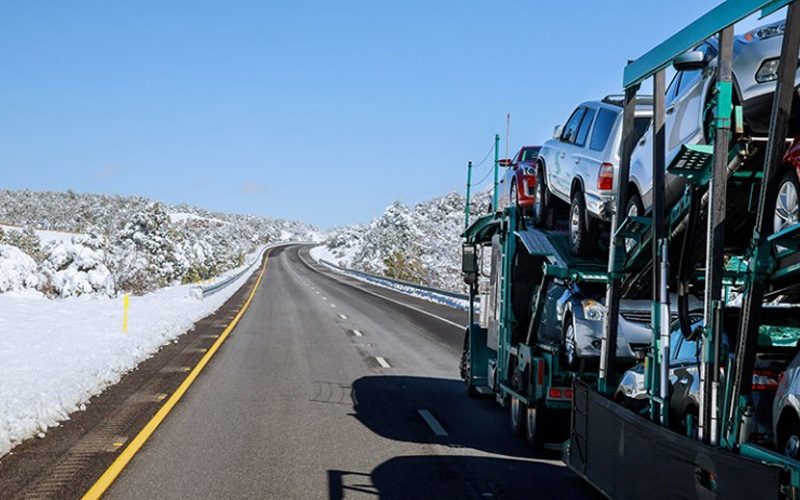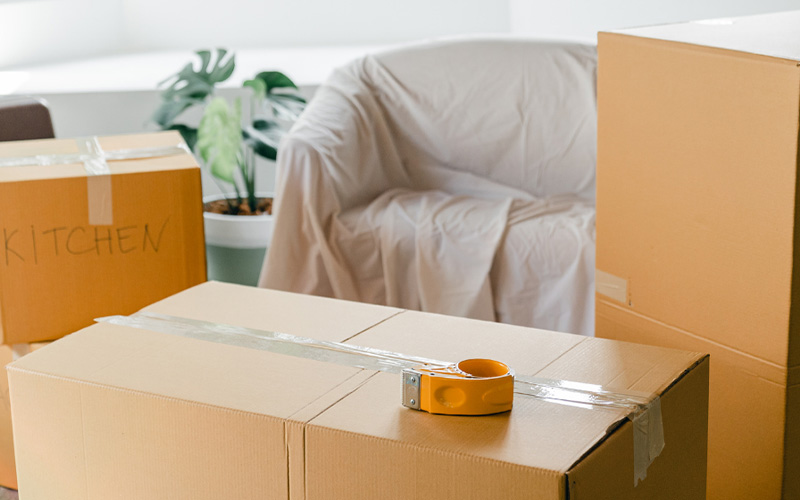Shipping a car using the services of transport companies is one of the best ways to transport your vehicle from one place to another. In case you are planning to ship your car, there are some things that you need to do and wait to do before handing it over to the transport company. If you want your vehicle transported safely from one location to another, check out 5-Step Guide to Cross-Country Auto Transport. You can also consider these tips:
If your car is transported from an area with a low altitude to one with a higher length, the fuel mix may need to be adjusted.
If you are driving your car from a low altitude to a higher one, it is essential to adjust the fuel mix. This adjustment will help prevent damage and increase gas mileage on your vehicle.
As you drive up in elevation, the air becomes thinner and contains less oxygen than sea-level air. Without enough oxygen, engines have trouble burning all their fuel correctly. The engine may not reach its full potential because it needs more power or air to burn properly.
To fix this problem, there are several options available for adjusting your engines’ combustion ratio, so they run more efficiently:
Before Shipping Your Car, Check the Tire Pressure and Ensure it is Properly Inflated.
Check the tire pressure before shipping your car. You can operate using a tire pressure gauge to check the pressure.
Check the tire pressure after shipping your car. If it’s too low, fill them up and make sure they are correctly inflated to 30 PSI (pounds per square inch). This number is written on each tire’s sidewall, so you should be able to see it easily when looking at any of your tires.
Take Your Car to a Mechanic and Have the Engine Tuned Up.
Even if you take proper care of your car, some things may need to be adjusted before shipping. The engine may need a tune-up, and the brakes might need to be bled. These steps will ensure that your vehicle runs smoothly during the trip. You’ll also want to check whether or not any fluids have been leaking recently; if they have, it could mean trouble for your car while it’s being transported across the country.
Drive Carefully if You are Driving from a Lower Altitude to a Higher One.
If you are driving a vehicle from a lower altitude to a higher one, it is essential to take your time and move more slowly. While the air may feel thinner at higher altitudes, your engine does not need any less oxygen than when it was at sea level. This means that if you traveled at 65 mph on flat ground before shipping your car but then had to drive up a mountain where the elevation increases by 4,000 feet in 20 miles, this would require an adjustment of 20% more fuel consumption.
Ensure that the tires on the vehicle have ample tread depth to prevent loss of traction when attempting turns or hills. Check brake pads and tires for wear; if worn out or damaged, replace them before driving up steep hills or mountains, as this could result in braking failure, which could result in severe injury or death for everyone involved.
If possible, avoid driving during inclement weather conditions such as snowstorms/blizzards because cold temperatures can cause icing problems with windshield wipers; if ice builds up around them, it will impair visibility significantly, which could lead to accidents occurring unexpectedly due to poor visibility resulting from decreased visibility due to precipitation build-up around blades causing them unable operate properly.
If Your Vehicle was Shipped Cross-Country and is Now at a Higher Elevation, Give it Time to Adjust to the New Climate.
If your vehicle was shipped cross-country and is now at a higher elevation, give it time to adjust to the new climate. You may also need to change your driving style, speed, and braking/engine performance. Here are some tips for making sure your vehicle is ready for its new home:
- Drive slowly until you get used to how your car handles at higher elevations.
- Use lower gears when accelerating from a stop or going up hills. Avoid using cruise control when driving uphill because it can cause unnecessary strain on the engine and transmission components that weren’t designed for high-elevation driving conditions.
- Refrain from braking to avoid skidding; use proper braking techniques so you can stop safely but without wasting extra fuel.
Conclusion
If you’re shipping a car, it’s essential to know how the altitude of your new location could affect its performance. The good thing is that you can take some simple steps to ensure that everything runs smoothly when you arrive at your destination.




